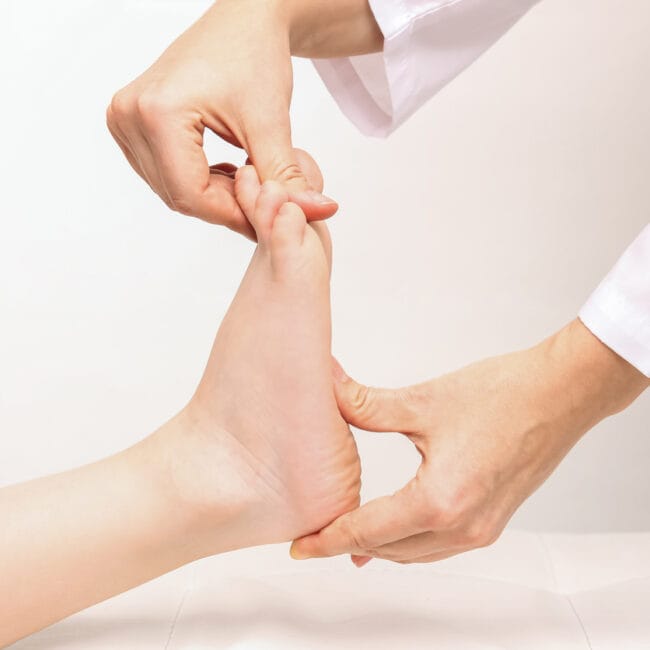
Winter can be an extremely hectic time for most of us. With the unpredictable weather, gift shopping, and party after party with people you haven’t seen since last Christmas, it’s easy to lose track of time. Keeping on top of your exercise routine can easily fall to the bottom of your to do list, so we’re going to lay out a few ways you can adjust it for the winter.
If you mainly work out indoors, then a lot of your exercise routine won’t really change during the winter. However, if you usually go to the gym, the important thing is not to let yourself off too much. It’s hard to get motivated when it’s freezing and dark both before and after work, and while skipping a day or two at the gym won’t make a noticeable difference, most people will fall out of their routine during winter, especially if there are a lot of Christmas parties and drinks happening. So the first and arguably most important adjustment to make is to simply keep doing what you’re doing.
Another thing to consider when exercising in the winter is what to wear. If you live in Ireland, you have probably noticed that it can get quite cold in the winter, but if your inclination is to wrap up warm, think again. Once you get out the door and start running, your body will heat itself up. What really matters is making sure your body is fully covered in loose-fitting, breathable clothes. This will allow your body to heat up, while also allowing some of the excess heat to escape. It is also important to wear reflective clothing, as you can set off in daylight and soon find yourself in the dead of night.
The body parts that are most vulnerable to the cold are your hands, ears, and face. While many people these days have decided to forego gloves so that they can use their smartphones, this is a bad idea. Lots of shops now sell smartphone-compatible gloves for around €5, which are worth investing in if you are a runner. A balaclava or cycling mask is the best way to cover your face, but if you dislike covering your mouth and nose while exercising, you can go for a hat that protects your ears instead. Our ears are highly susceptible to the cold, so covering them while you run is crucial. You should also run in the same direction that the wind is blowing in order to avoid freezeburn.
With regards to footwear, you will need shoes that not only provide good grip, but also keep your feet dry. Shock absorption is less important that it would normally be, as you are advised to run at a lower speed during the winter. Wearing two pairs of socks is a very effective way to look after all of these areas at once, as they will keep your feet warm, dry, and cushioned.
The safest and most effective way to do your winter warm-up is indoors, prior to setting off on your run. Doing the warm-up outdoors will mean that you are trying to warm and expand your muscles, while the cold air tries to cool and tighten them. This makes your stretches less effective and more likely to result in injury.
These tips should help you adjust your exercise routine for the winter, but you still have to get up, get out, and exercise. Allowing yourself to fall out of your routine will mean that you will lose some of your abilities, and will find it even harder to get back into the swing of things afterwards. You might not exercise as long or as hard as you usually do, but as long as you do it regularly, you should make it through the winter.














